The island of Fiji is located in the South Pacific Ocean and has a population of more than 895,000. A vibrant native population traverses the tropical climate of Fiji. The economy is dependent on agricultural products and tourism. Farmers cultivate bananas, cocoa, pineapple and taro root to supplement trade between nations, and commercial fishing and sugarcane are similarly important exports. Despite the high amount of trade between bordering islands and nations, 28% of native Fijians live below the national poverty line. Here is some information about poverty in Fiji and efforts to combat it.
Relocation on Limited Land
Many citizens of Fiji make a living in the boat-making or fishing industry; as a result, relocation threatens the livelihood of a small business economy. Rising water levels often force villages to move. Changing weather patterns have caused widening rivers and altered seasons, contributing to the issue. “Where there was rain, there is now sun,” reports a native islander who recently relocated because his village was flooded.
In the next 10 years, an estimated 676 villages will have to move, which will increase the number of unemployed islanders. As unemployment increases, those who live above the poverty line are at risk of falling below the global margin of $1.90 per day. The relocation of one village costs an estimated $445,000.
Education and Health Care
Fiji consists of 100 inhabited islands, a number that is drastically decreasing due to the rising water levels. Implementation of primary health care practices and basic amenity improvements in villages provide locals with clean water and permanent housing. The adoption of these principles by the World Health Organization (WHO) and the United Nations Children’s Fund sought to improve Fiji’s situation between 1970 and 2000. In the past 20 years, though, the flow of central health support from the capital city of Suva into villages has slowed due to a limited number of health professionals.
Previous Health Minister Jona Senilagakali states, “…the government did not schedule workers to go to all communities in all the islands to monitor the project. And health workers were not encouraged to work more with the communities to improve their health standards.” The slow progress of Fiji’s modern health initiative is also a direct impact of “brain drain.” This occurs when educated individuals emigrate for higher-paid positions. Proper education in Fiji is also progressing rather slowly. Though secondary enrollment and literacy rates are high, the university system in Fiji lacks resources and government funding. Improving higher education largely depends on the willingness of the government to provide more aid to the people.
Prospects of Hope
Last year Fiji saw high prospects in the global market of reduced unemployment and the lowest amount of extreme poverty in the country’s history. The percentage of those living below the global poverty line, currently 0.5%, continues to fall as a result of incentives by the United Nations. In 2013, Fiji received honors from the United Nations Food and Agricultural Organization (FAO) for a substantial decline in poverty and hunger among the population.
– Natalie Williams
Photo: Pixabay
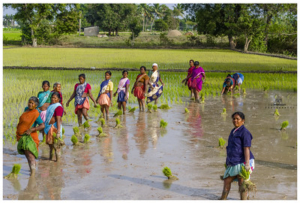 The Science-Based Targets initiative is a coalition of 885 companies to date that have set goals to reduce their greenhouse gas emissions. The overarching goal of the initiative is to meet the 2015 Paris Agreement’s established standard of limiting temperature rise to
The Science-Based Targets initiative is a coalition of 885 companies to date that have set goals to reduce their greenhouse gas emissions. The overarching goal of the initiative is to meet the 2015 Paris Agreement’s established standard of limiting temperature rise to 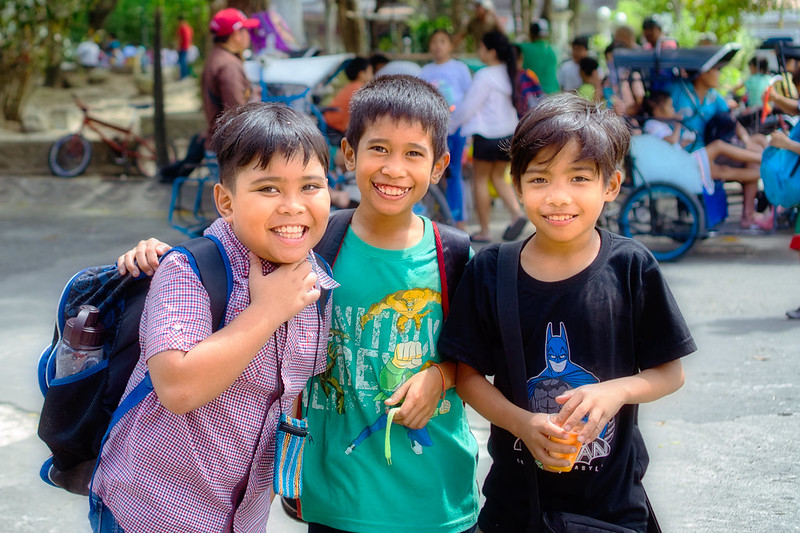
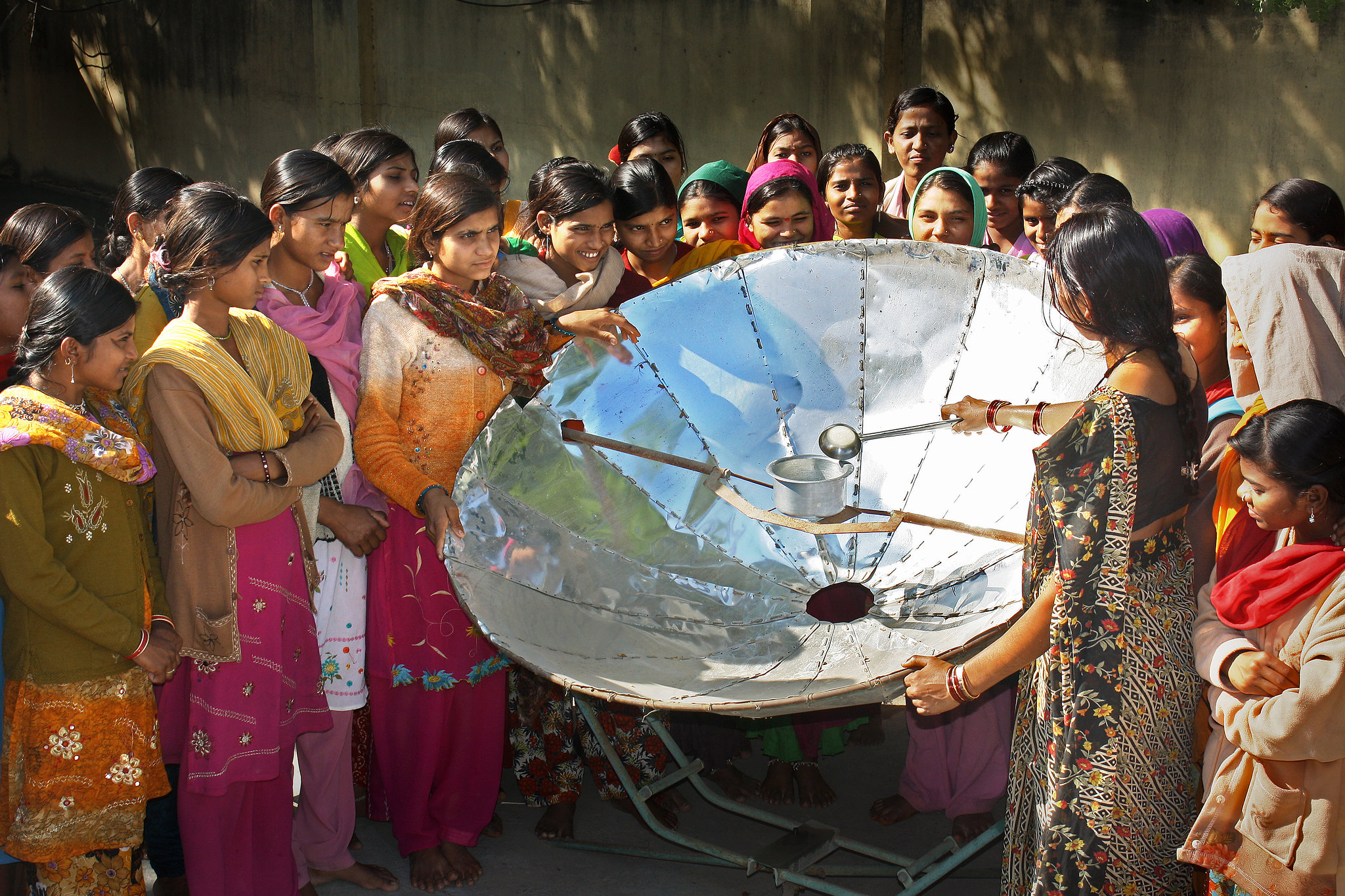 An estimated three billion people around the globe
An estimated three billion people around the globe  Healthcare is an important concern for the government of Kyrgyzstan and has been for many years. Kyrgyzstan has introduced multiple reforms of its healthcare system since 1996. As of 2019, about eight percent of the country’s GDP has been spent on the healthcare system. Kyrgyzstan’s efforts to improve their healthcare manifest in several ways. For example, life expectancy rose from 66.5 years in 1996 to 71.0 years in 2016. In order to fully appreciate the reforms, aid and
Healthcare is an important concern for the government of Kyrgyzstan and has been for many years. Kyrgyzstan has introduced multiple reforms of its healthcare system since 1996. As of 2019, about eight percent of the country’s GDP has been spent on the healthcare system. Kyrgyzstan’s efforts to improve their healthcare manifest in several ways. For example, life expectancy rose from 66.5 years in 1996 to 71.0 years in 2016. In order to fully appreciate the reforms, aid and 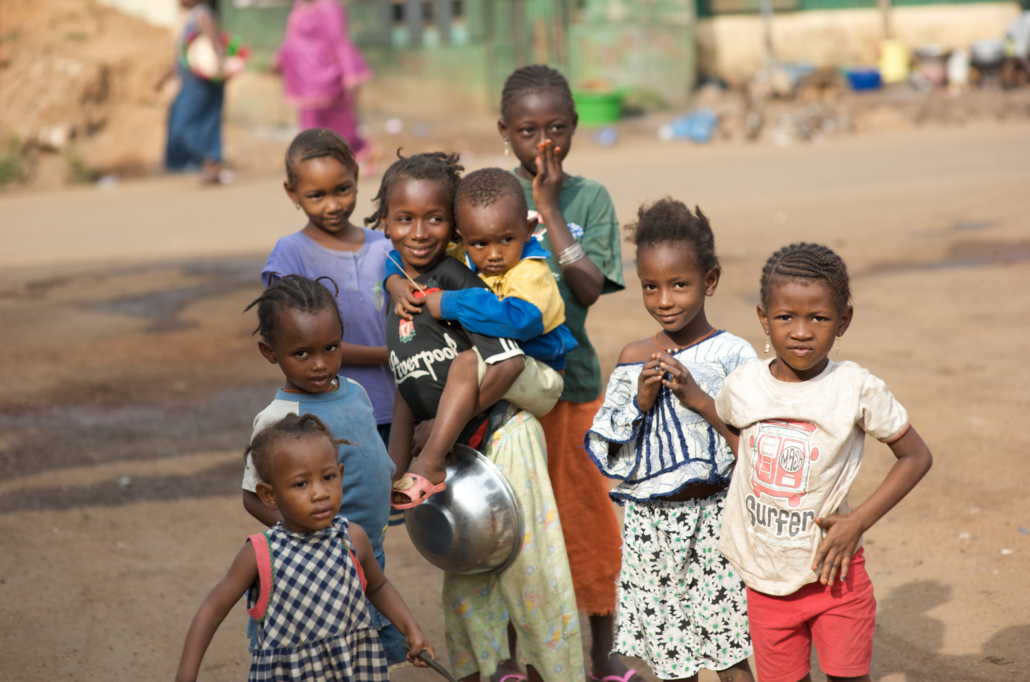
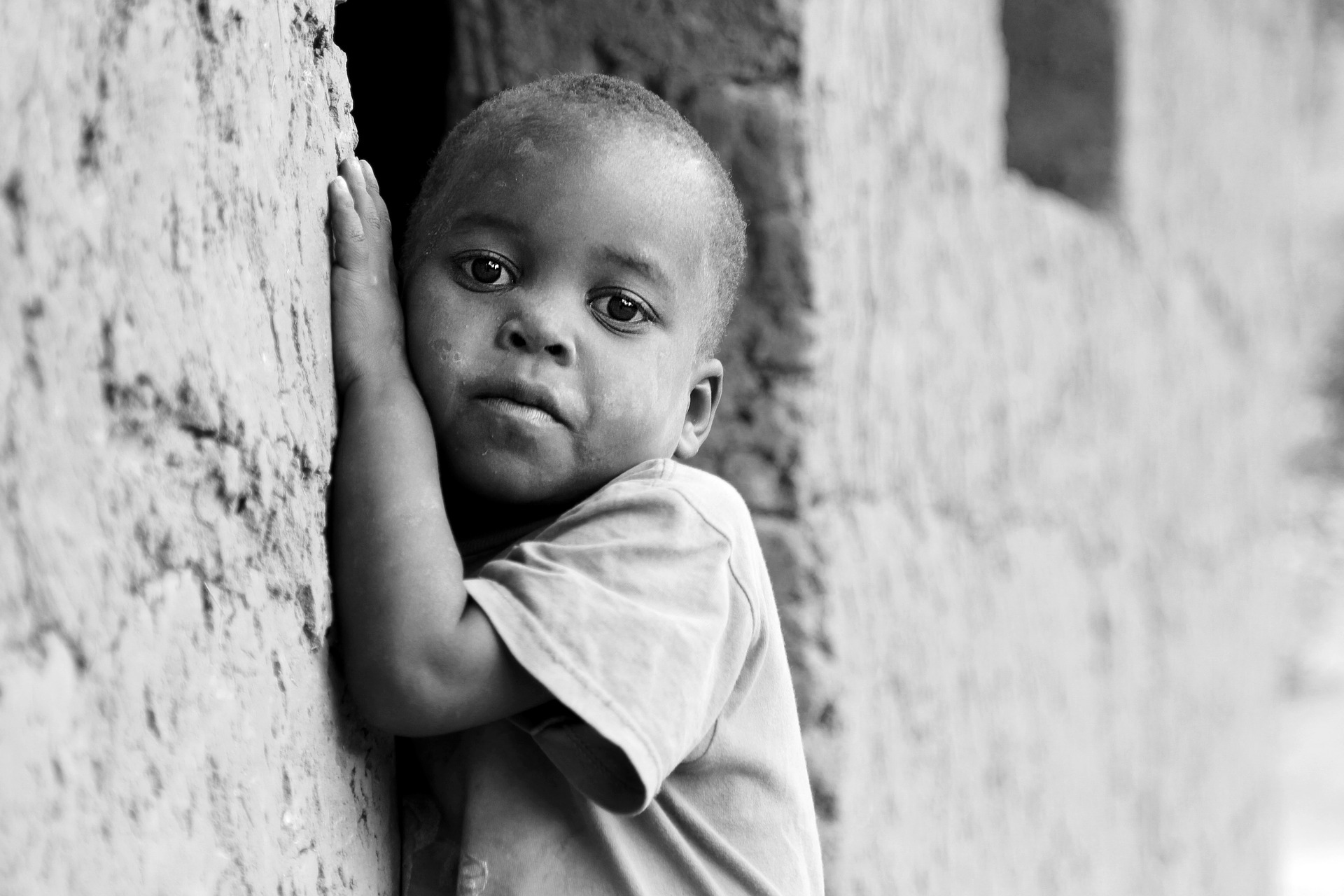 Sub-Saharan Africa is the region in the world that hunger affects the most. In fact,
Sub-Saharan Africa is the region in the world that hunger affects the most. In fact, 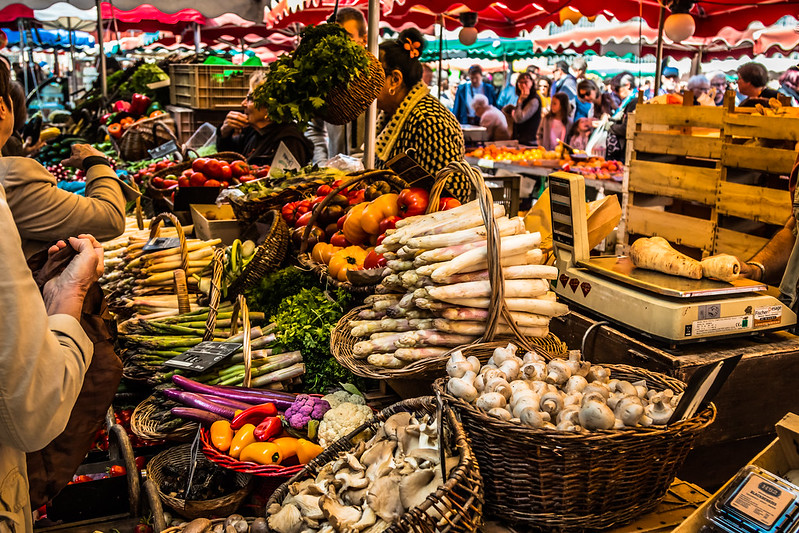
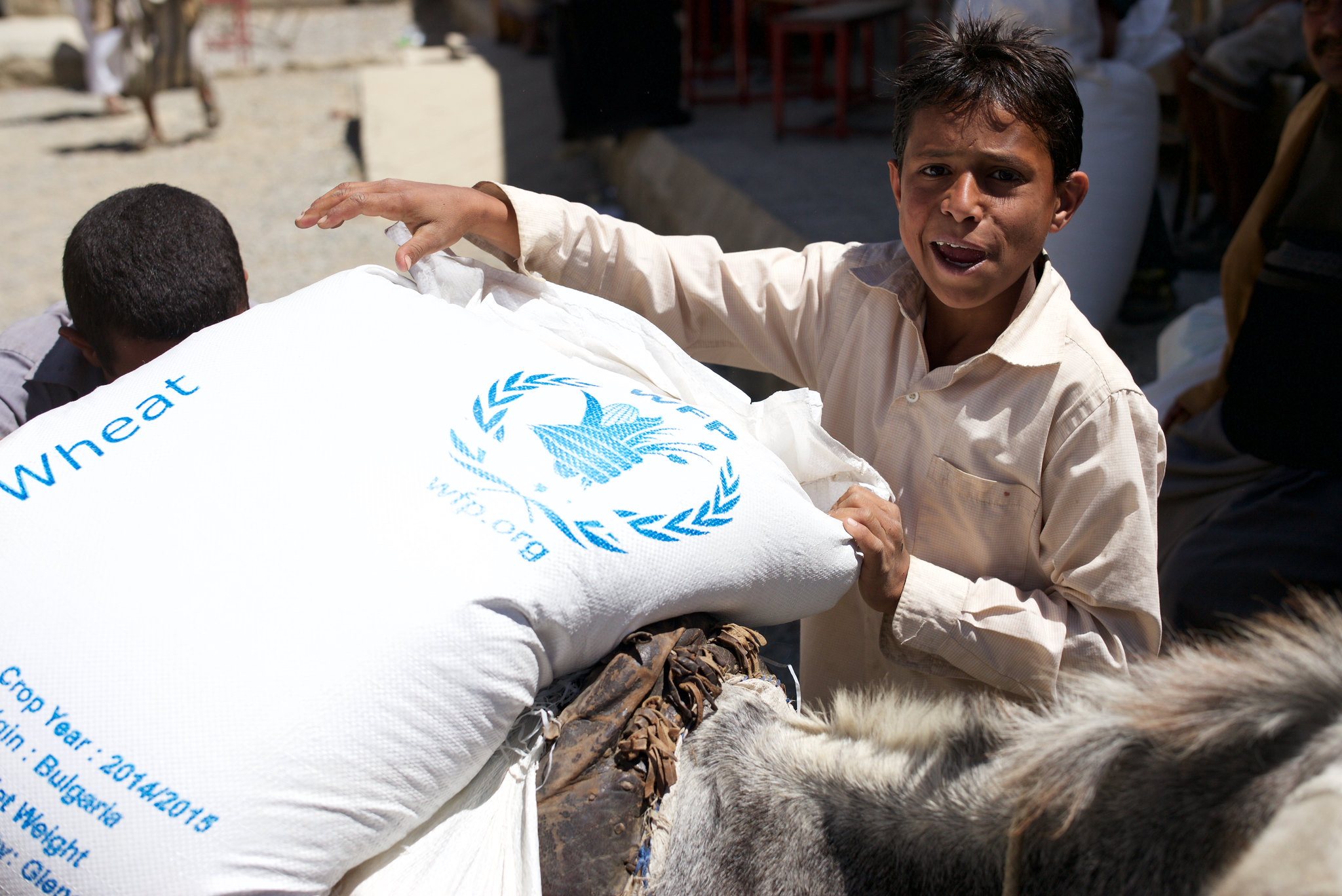 War and conflict exacerbate existing poverty. According to the World Bank’s
War and conflict exacerbate existing poverty. According to the World Bank’s 